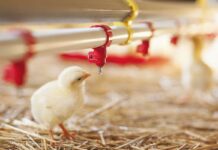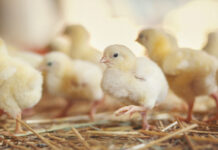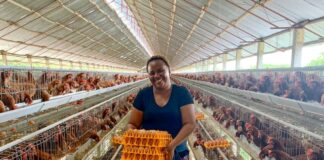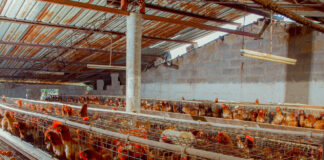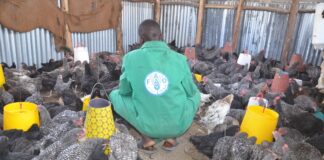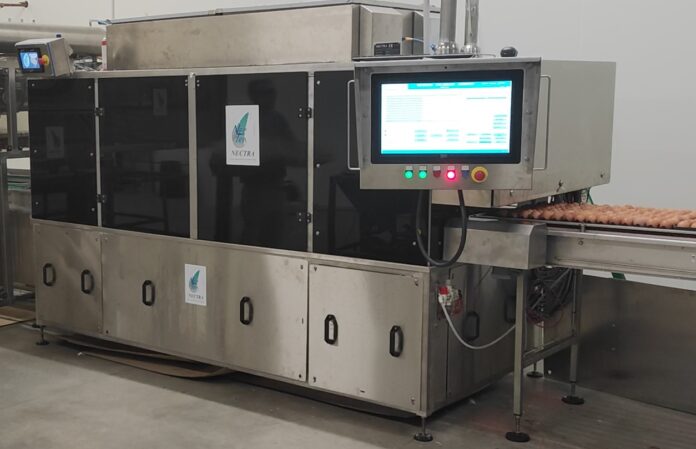
NECTRA is a worldwide leader in automated hatchery equipment, providing comprehensive 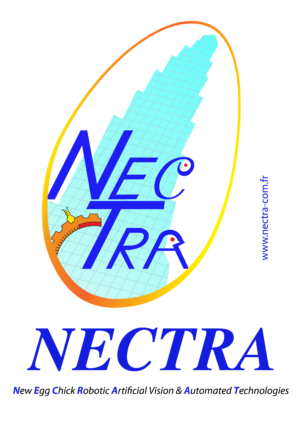 solutions for handling and analyzing live fertile eggs and embryos up to the day-old chick stage. To respond to animal welfare concerns and prevent the culling of male chicks NECTRA has developed the OVOSEX1 machine.
solutions for handling and analyzing live fertile eggs and embryos up to the day-old chick stage. To respond to animal welfare concerns and prevent the culling of male chicks NECTRA has developed the OVOSEX1 machine.
OVOSEX1 is a very compact in-ovo sexing machine, measuring just 1.3 m wide, 3.5 m long and 1.9 m high (Picture 1). It is capable of determining the sex of embryos inside eggs without opening or damaging the shell – a completely non-invasive process. This proprietary technology analyzes phenotypic differences between male and female embryos through the shell, without opening a hole. Because the shell remains intact, there is no risk of bacterial contamination, and the embryo’s integrity and hatchability potential are fully preserved.
The OVOSEX1 offers a high level of accuracy for the industry, and is capable of identifying female eggs with over 97% up to 99% accuracy during well managed processes. Specific configurations can ensure that selected female eggs are 100% male-free for specific usages. The technology targets brown layers and has shown reliable performance on Novobrown and three other commercial layer breeds.
In-ovo sexing takes place around 13.5 days of incubation in full compliance with European regulations currently enforced in France and Germany since January 2023, and remains well within the legal timeframe. Future generations of OVOSEX1 are expected to perform sexing even earlier, likely around 12 days or less, thanks to ongoing genetic and technology advancements. The machine not only distinguishes between male and female embryos but also detects and separates clear (unfertilized) eggs and dead embryos. An automatic removal system then extracts and separates all these unwanted eggs (clear eggs, dead embryos, as well as rejected male eggs in the case of layer breeds).
Since the OVOSEX1 is a non-invasive technology, the shell remains undamaged during the process, each egg category can be automatically diverted for recycling or repurposing:
- clear eggs can be used for value-added animal feed;
- male eggs, still intact, can be repurposed for animal or human consumption in certain markets.
Key advantages over other technologies
The OVOSEX1 offers three major advantages over most competing technologies:
- High speed
Despite its compact footprint, one single OVOSEX1 can process up to 30,000 eggs per hour and analyze 400 eggs simultaneously, making it compatible with most existing hatchery setups. Special versions for higher speed are available.
- Low labor & minimal risk
The machine performs in-ovo sexing directly within the setter trays, avoiding the need to remove eggs. This eliminates handling damage, and prevents contamination, unlike other technologies that require eggs to be removed, increasing the risk of microcracks and bacterial infection.
The NECTRA OVOSEX1 machine is highly innovative in this respect, as it performs sexing without removing eggs from the setter trays. It reduces labor, space requirements, prevents cross-contamination, preserves eggshell integrity and hatchability potential (Pictures 2 and 3).
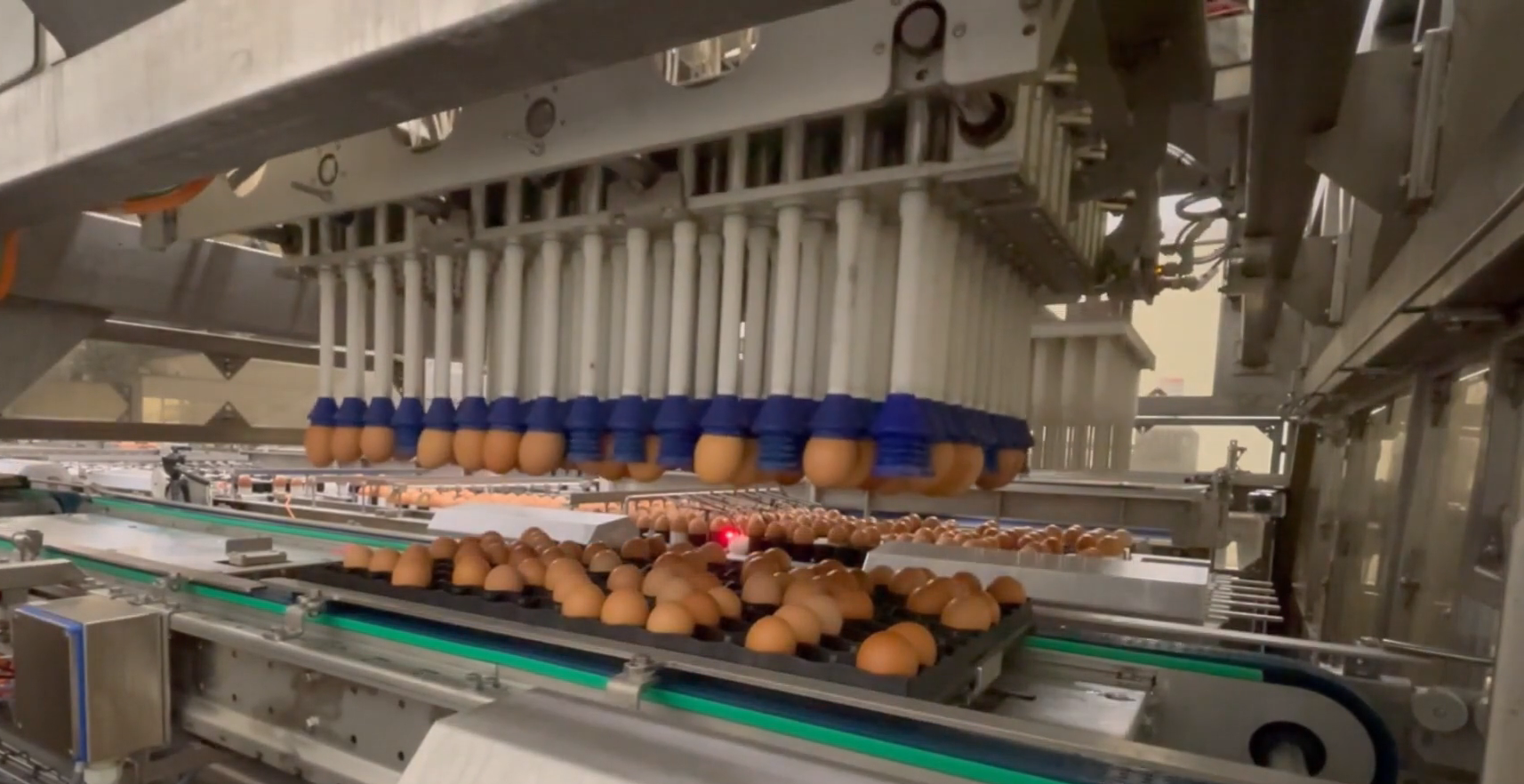
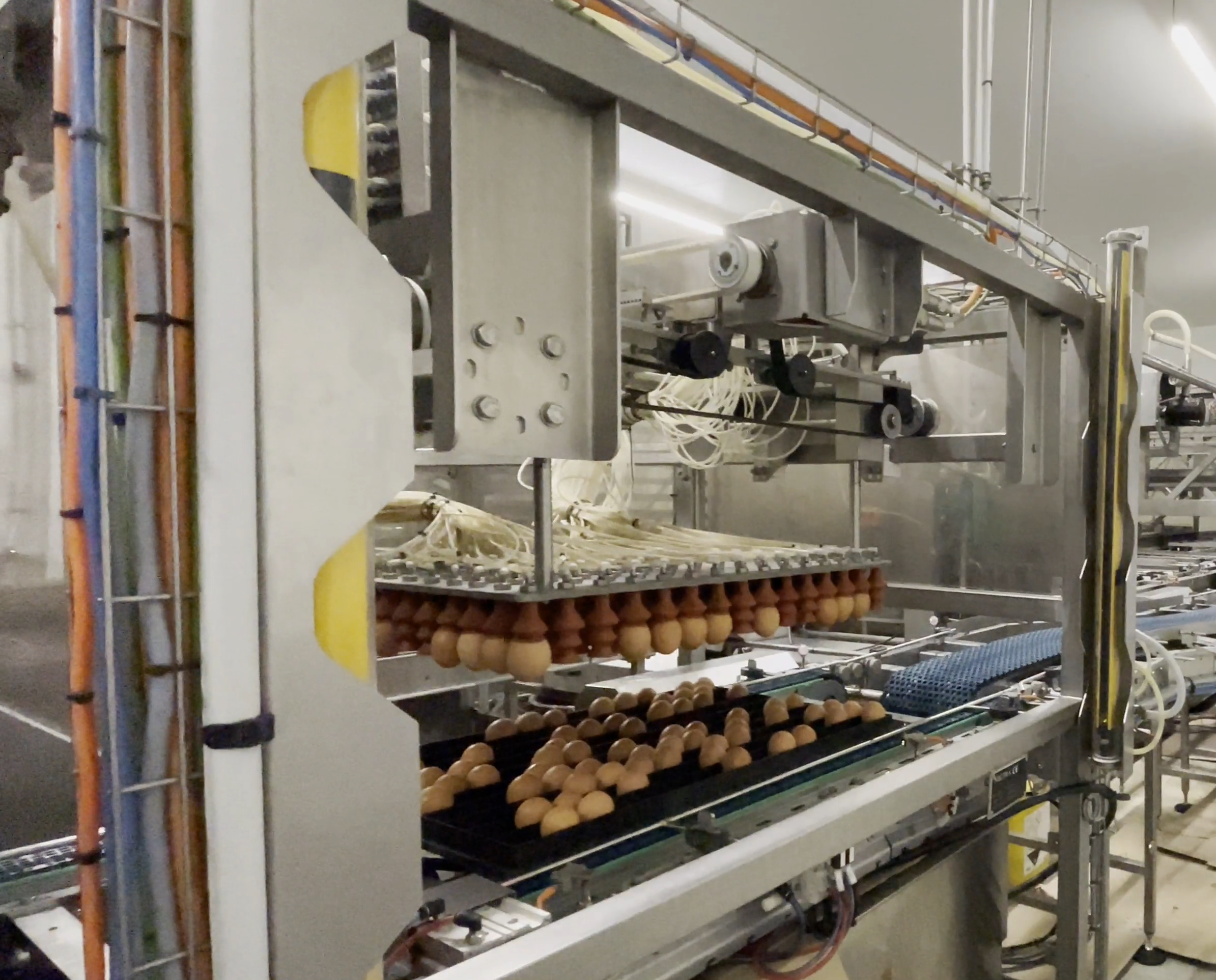
- Low operational cost
Combining high speed, compact design, non-invasive sexing, and tray-based operation, the OVOSEX1 emerges as one of the most cost-effective in-ovo sexing technologies available on the market. NECTRA estimates the operating costs of this technology to be 2 to 3 times lower than competing alternatives.
Thanks to its compact size, non-invasive technology, and ability to process eggs directly on the tray, the OVOSEX1 is an excellent solution for sexing brown layers before hatch. It also represents a cost-effective option for hatcheries looking to combine multiple sexing technologies for different purposes or at different ages, all at an affordable price.
Additionally, the OVOSEX1 machine is easy to integrate into other NECTRA automated processes, as illustrated in Picture 4.
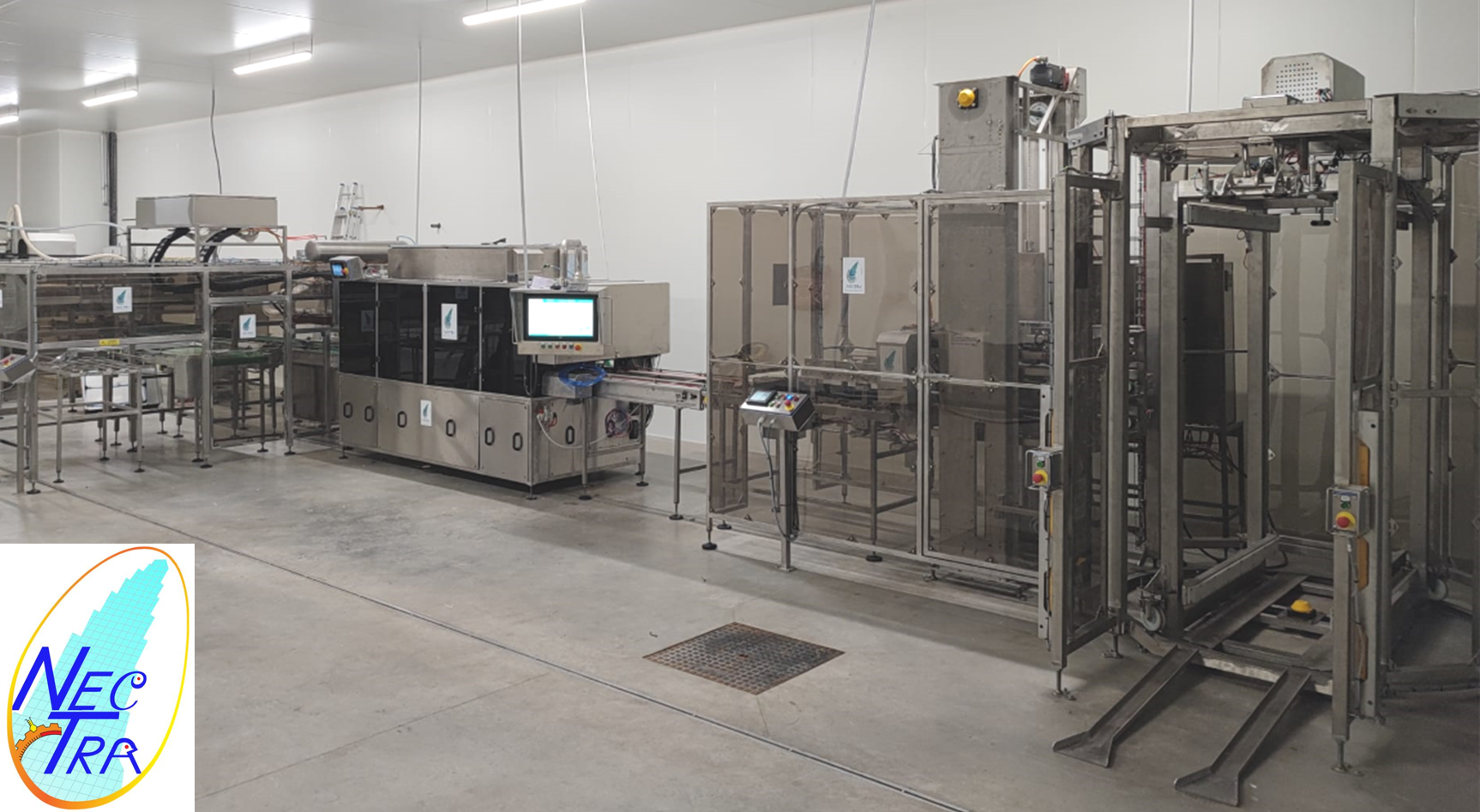
Additional NECTRA equipment
To enhance the OVOSEX1 user experience, NECTRA has developed two complementary devices:
- SMART (Patented egg refilling technology):
After sexing, male and non-viable eggs are removed, leaving trays partially filled. The SMART system combines two half-empty trays into one full tray in a single step, without rolling the eggs, thus preserving embryo viability as well as preveting shell cracks and bacteria cross contamination.
The SMART technology won two prestigious awards, a Silver Award at EuroTier 2021 Innovation Contest and the other one at SPACE 2022 Exhibition (France).
The SMART system could also be used during egg weighing processes in broiler hatcheries, where it preserves shell integrity by avoiding any rolling of the eggs on moving conveyors.
- Male egg disposal device:
A specialized system that collects and kills rejected male eggs without pain, while the shell remains intact enabling them to be reused in other industries or applications.
Looking ahead: future developments
NECTRA continues to invest in research and development. Upcoming innovations include in-ovo sexing at an earlier stage (within the first few days of incubation) for both brown and white layers and a fully automated feather-sexing device for day-old chick stage, particularly aimed at the broiler industry.



